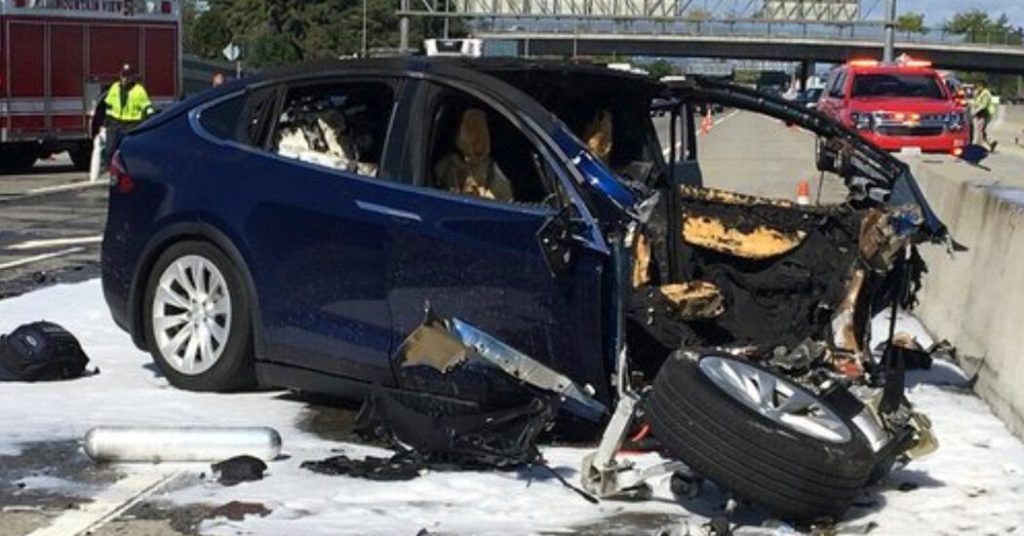Tesla settled a lawsuit on Monday regarding the death of a California man in 2018, avoiding a trial that would have examined the company’s driver-assistance software. The trial was related to the death of Wei Lun Huang, also known as Walter, an Apple software engineer who died when his Tesla Model X crashed into a concrete barrier. The settlement terms were not disclosed, and Tesla sought to keep them private. The case attracted significant public attention and scrutiny, with the National Transportation Safety Board conducting an investigation into the incident.
Testimony in the trial was expected to closely scrutinize Tesla’s autonomous driving software, known as Autopilot, raising questions about its safety and effectiveness. Elon Musk, Tesla’s CEO, has made bold claims about the revenue potential of the company’s self-driving technology, with plans to unveil a self-driving taxi called Robotaxi in August. This development would address criticisms that Tesla has been slow to introduce new products following its Model 3 and Model Y vehicles, despite the company’s high valuation in the stock market.
The lawsuit filed by Mr. Huang’s family blamed defects in Tesla’s Autopilot software for the crash, stating that it lacked technology to prevent accidents. The family also sought damages from the state of California, alleging that the concrete barrier was improperly designed and failed to absorb the impact of the collision. Tesla, however, planned to offer evidence that Mr. Huang was playing a video game on his phone at the time of the crash, a claim disputed by the family’s lawyers. Despite Tesla’s claims about the capabilities of Autopilot and the Full Self-Driving system, neither system makes a vehicle fully autonomous, with drivers required to remain engaged and ready to intervene.
In response to the lawsuit and regulatory pressure, Tesla recalled over two million vehicles in December for a software update to ensure that drivers remain attentive when using the Autopilot and Full Self-Driving systems. The National Transportation Safety Board’s investigation into the 2018 crash attributed blame to both Tesla and Mr. Huang, citing Autopilot’s failure to keep the vehicle in its lane and the collision-avoidance software’s failure to detect the highway barrier. The board also suggested that Mr. Huang may have been distracted at the time of the crash, adding further complexity to the case.
The settlement of the lawsuit helps Tesla avoid a potentially damaging trial that would have brought further attention to the safety and effectiveness of its driver-assistance technology. With plans to introduce a self-driving taxi in the near future, Tesla is under pressure to demonstrate the capabilities and reliability of its autonomous driving systems. Despite ongoing debates about the risks and benefits of self-driving technology, Tesla remains at the forefront of innovation in the automotive industry, attracting significant interest from investors and consumers alike. The outcome of the lawsuit underscores the challenges and complexities of developing and implementing autonomous driving technologies in the pursuit of safer and more efficient transportation solutions.


